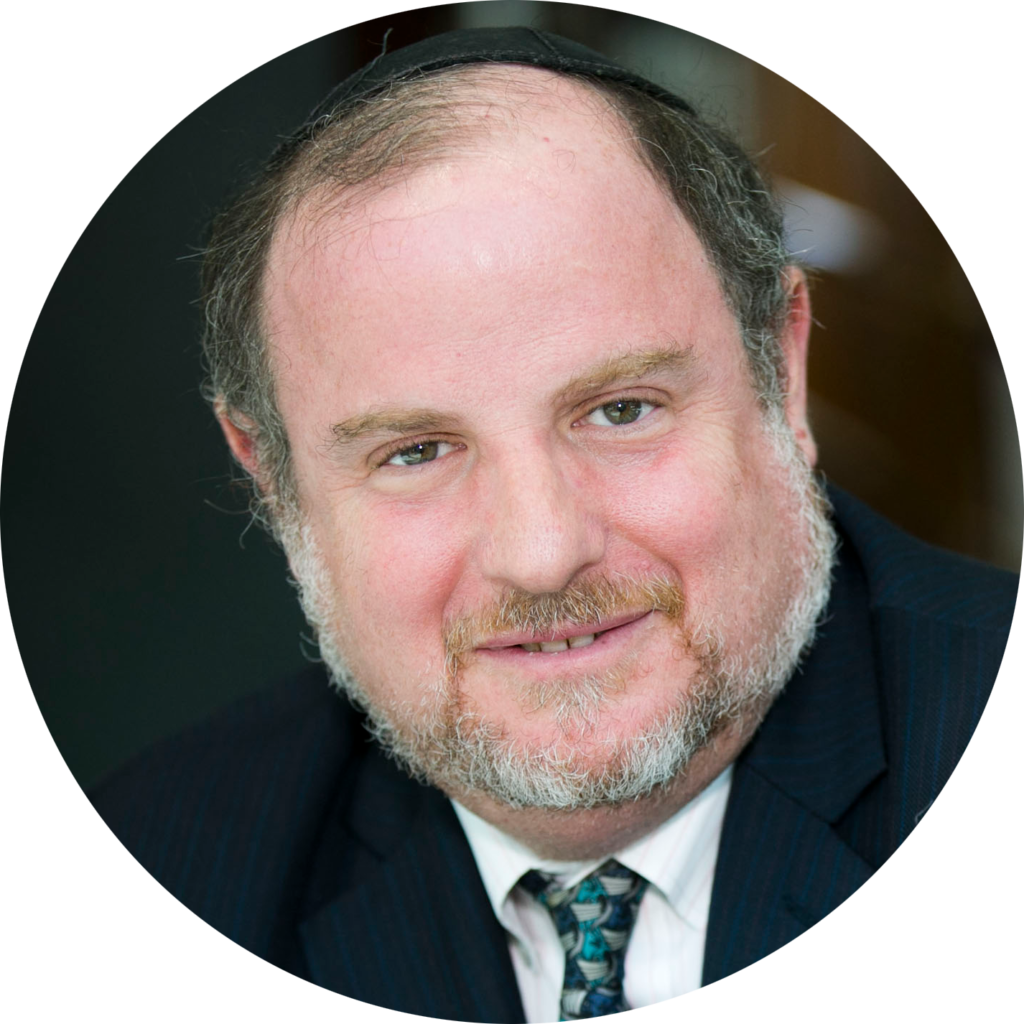
Religious Freedom Cases During the Pandemic: Round II
Michael J. Broyde
Photo by Trnava University on Unsplash.
Three weeks ago, in the case of South Bay United Pentecostal Church v. Newsom, the United States Supreme Court stayed the enforcement of California’s occupancy limits on worship services during the pandemic. At some level, there is nothing new here, as the Court had done the same in a New York case only a few months earlier.
Four different opinions were written, none with more than three Justices signing on to any one of them. At first glance, what we have here is a 3-1-2-3 opinion with no single logical reason attracting even four votes, never mind five. But this read of the case is actually quite mistaken. A close read of the case reveals a deep constitutional discomfort by six justices (Chief Justice Roberts, Thomas, Alito, Gorsuch, Kavanaugh, and Barrett, in order of seniority) with the California idea that economics can play a role in the COVID regulations.
The Court confronted three challenges to the worship restrictions imposed by the governor of California. The first was a general ban on all indoor worship. The second was a capacity restriction, just like the New York case of months ago, and the third was a restriction on singing and chanting in indoor worship services. A lurking issue – perhaps, actually, the most important — is whether California’s allowing similar activity in the entertainment business forces the state to offer the same deal to houses of worship as well.
Justices Gorsuch, Thomas, and Alito would have prohibited California from any regulation of religious services at all, since they argued that the state is targeting “religion for differential treatment.” In such situations, strict scrutiny is needed. The California regulations cannot survive that review, as ”California singles out religion for worse treatment than many secular activities.” In this view, all religious activity cannot be subject to any greater restriction than any secular activity. Chief Justice Roberts, on the other hand, was comfortable with the state prohibiting indoor singing or chanting, since the State has concluded that this poses a heightened risk of transmitting COVID-19. However, Justice Roberts averred that the state’s determination that the maximum number of adherents who can safely worship in the most cavernous cathedral is zero could not be correct, since there must be some safe number in a large enough hall. Thus, Justice Roberts claimed, the rule was also evidence of anti-religious bias. Justices Kagan, Breyer, and Sotomayor all jointly dissented, arguing that the court ought not get involved in these public health matters. They argue that California was broadly treating worship services like similar activity.
The First Amendment’s protection of religion does not grant houses of worship the right to be open no matter what the health consequences, but it certainly does protect religious institutions from being treated less well than Hollywood studios.
What was most interesting is the joint concurrence by Justices Barrett and Kavanaugh, the two newest justices. At its core, they agree with the approach of Justice Gorsuch, Thomas, and Alito, save for the ban on indoor singing, where they noted that the Church did not prove its case. And this is the most interesting part of the case. Justices Barrett and Kavanaugh were clear that if the ban on public singing were universal, then they would allow the state to enforce it even against worship services. If, however, the state permits singing in a Hollywood studio but not a church, then it is Constitutionally suspect. Justice Barrett and Kavanaugh directly stated “if a chorister can sing in a Hollywood studio but not in her church, California’s regulations cannot be viewed as neutral” and must be struck down. Because the record was unclear on this matter, they declined to support an injunction over chanting and singing.
To understand this question, consider the case of a pandemic that strikes a society in which there are numerous activities that all pose equal health dangers. One is prayer in a house of worship, and another is moviemaking. Numerous other activities are equally dangerous. An important part of this society’s revenue, culture, and sense of importance comes from the movie business, which causes the state to provide uniquely accommodating COVID regulations for the movie business. The State has concluded that the economic, cultural, and social cost of shutting down Hollywood outweighs the costs of further spread. But they insist that all of the other activities remain closed, including religious services. Is this constitutionally permitted?
Six justices answered this negatively: If the government offers unique rules to one secular industry for any social, economic, or cultural reason, then it must offer that same deal to houses of worship. If Hollywood can make a movie with a choir singing in it, then a church choir can sing.
This is the right result in the United States. The First Amendment’s protection of religion does not grant houses of worship the right to be open no matter what the health consequences, but it certainly does protect religious institutions from being treated less well than Hollywood studios.
The choir should recite “amen” to that. ♦

Michael J. Broyde is professor of law at Emory University School of Law, a senior fellow and projects director at the Center for the Study of Law and Religion at Emory University. He is a professor at Emory’s Tam Institute of Jewish Studies, and was last year a Fullbright Scholar at Hebrew University and visiting professor at Stanford Law School. His primary areas of interest are law and religion, Jewish law and ethics, family law, and comparative religious law.
Recommended Citation
Broyde, Michael J. “Religious Freedom Cases During the Pandemic: Round II.” Canopy Forum, March 10, 2021. https://canopyforum.org/2021/03/10/religious-freedom-cases-during-the-pandemic-round-ii

